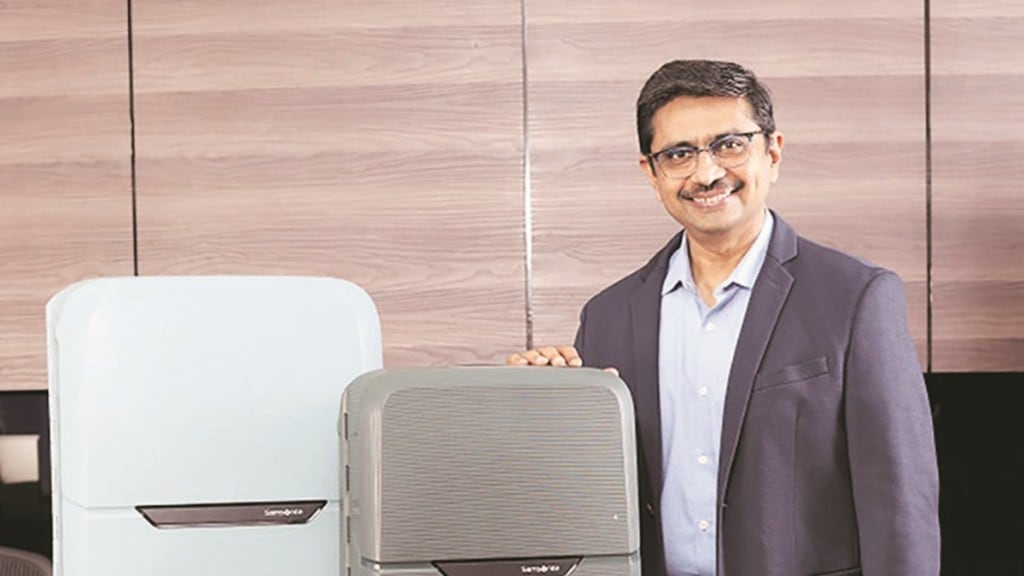With travel making a strong comeback, international luggage company Samsonite is gearing up to meet the post-pandemic demand. Jai Krishnan, CEO, India at Samsonite South Asia, talks to Christina Moniz about the company’s plans for the Indian market, its new sustainable product line and more. Excerpts:
Samsonite, prior to the pandemic, was known for its big advertising campaigns. Will we see any campaigns this year?
With two lockdowns in two years, travel suffered and as a result, consumers were not buying luggage. However, after both lockdowns, we also saw two very sharp V-shaped recoveries. Since August last year, the luggage segment and Samsonite have seen clear recovery and there’s been no looking back. Our business has grown by about 109% since January this year and we expect this trend to continue. Naturally now with business back on track, we have also stepped up on investments. We have always been big on advertising but that was toned down for the past two years. We will however be back with two big, 360-degree campaigns this November for American Tourister and Samsonite.
The company recently launched the Magnum Eco range, created using recycled plastic. What are your expectations from this launch?
As a company, we have been keenly focused on sustainability even before it became fashionable to talk about it. The new Magnum Eco range has been created using recycled plastic waste. Approximately 483 yoghurt cups and 14 plastic bottles worth of recycled plastic trash are used to create a large Magnum Eco piece of luggage. We expect to see a good response to this launch, since sustainability is an important issue for consumers, especially among the younger cohorts. I, however, want to reiterate that Samsonite has not suddenly woken up to the need for sustainability. It had formerly been more of a behind-the-scenes effort. Today it is an important talking point, and consumers expect big, global brands to make it a clear priority.
What are the company’s growth ambitions for the Indian market?
Our aim is not so much to gain market share as it is to make our brands available to as many consumers as possible. Today, we have around 500 brand outlets, which sell both Samsonite and American Tourister. We are planning to double that and make it 1,000-odd stores in the next two and a half years. We have observed that Indian consumers are willing to spend on global quality brands, and therefore, we expect to grow faster than the industry.
That is why we’re also ramping up production capacity for the Indian market. In fact, during the pandemic when most brands had cut back spending, we increased our investments and spent about Rs 150 crore in the past one and half years on construction, new machinery and assembly lines. We were confident that travel would eventually bounce back, and wanted to be ready when it did. Today, the Indian market accounts for about 20% of the APAC and the Middle East business, which is fairly high. We are bullish about this market, and have earmarked another Rs 100 crore to ramp up production capacities in our Nashik unit.
Samsonite also has brands like Tumi and Kamiliant in its portfolio. Which brands are you betting big on, moving forward?
Globally, Samsonite is the biggest brand, American Tourister is the second and Tumi is the third largest. In the Indian market however, American Tourister is the bigger brand and not Samsonite. Samsonite operates in the premium price segment while American Tourister is in the mid-to-high value segment. About 80-85% of the Samsonite business comes from the top 10 cities. For American Tourister, the share of business from smaller, non-metro cities is bigger than it is for Samsonite. We sell the brand across approximately 1,500 cities and towns in India and our plan is to keep going deeper. By the end of CY23, we want to reach 3,500 cities and towns in the country.
